In The Next Trauma MedEd Newsletter: Practice Guidelines
The Trauma Pro
NOVEMBER 28, 2023
The November issue of the Trauma MedEd newsletter will be sent out soon! It’s chock full of tips and tricks dealing with trauma practice guidelines This issue is being released over the weekend. If you are already a subscriber, you will receive it automatically. If not and you sign up any time before then, you will receive it, too. Otherwise, you’ll have to wait until it goes out to the general public a week or two later.

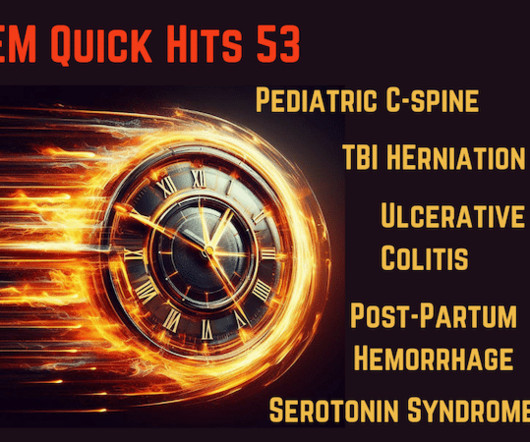
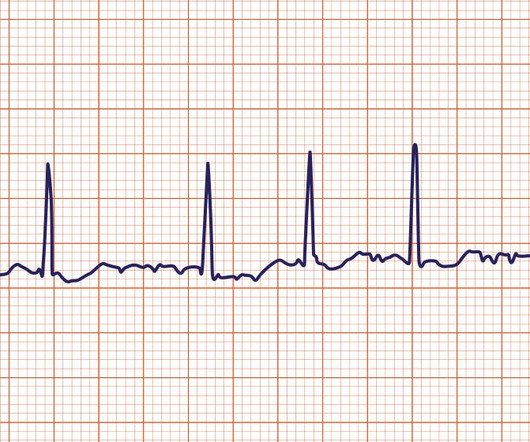



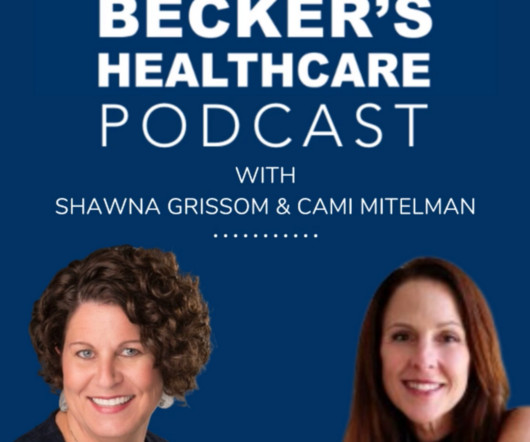


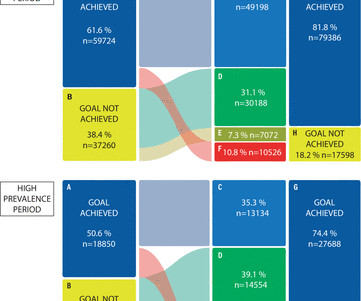

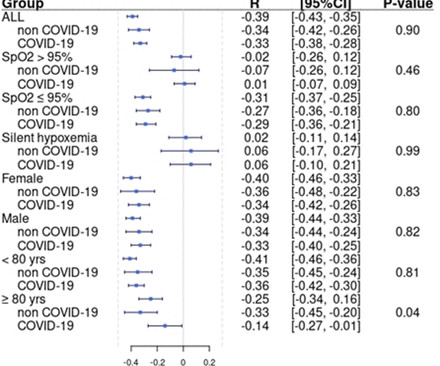
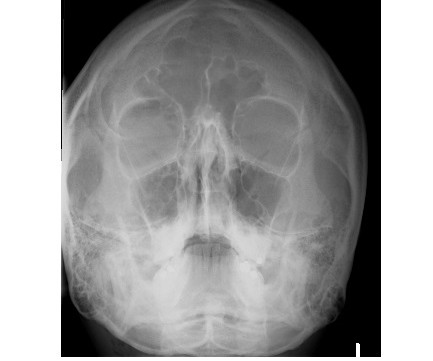
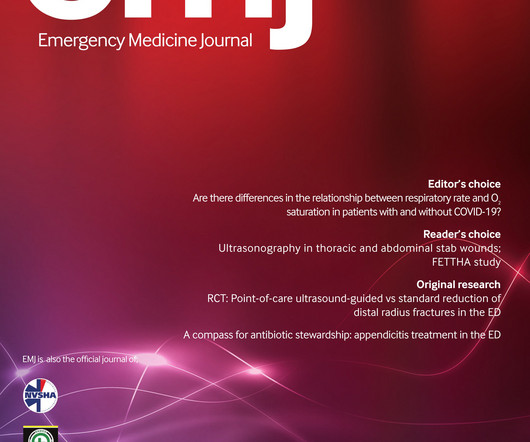
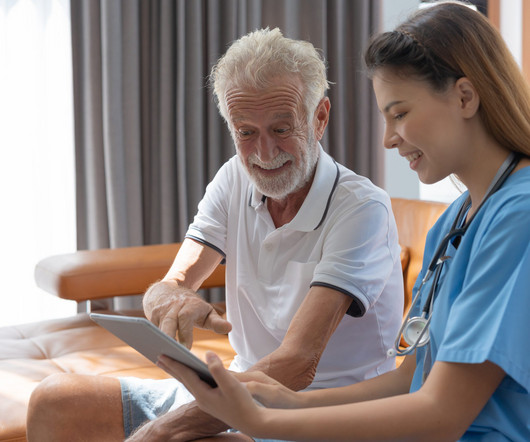






















Let's personalize your content